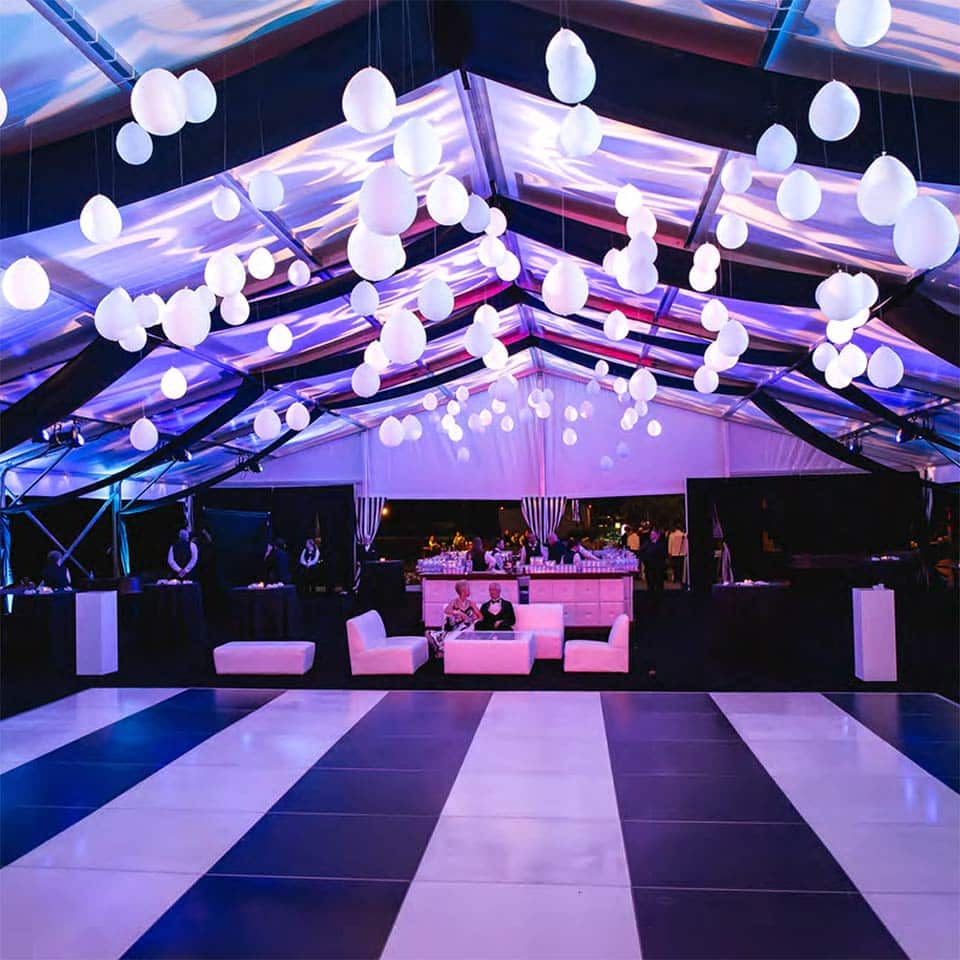
One of the primary functions of lighting on a dancing area is to illuminate the dancers. Focused lights can be used to focus attention on solo dancers or groups, making them the center of attraction. This technique not only showcases their movements but also adds a layer of drama to the show. When dancers are illuminated properly, their facial expressions and skills become more apparent, allowing the spectators to value their abilities. This focused lighting can also help to create a narrative, guiding the audience through the performance.
In addition to showcasing performers, colored lights can greatly affect the atmosphere of the dance floor. Different colors evoke varied emotions; for example, warm colors like red and orange can generate a sense of enthusiasm and vitality, while cooler colors like azure and green can promote tranquility and relaxation. By strategically using colored illumination, event planners can manipulate the atmosphere to match the theme of the event or the style of the dance. This considerate approach to lighting setup can improve the complete experience for all involved.
Flashing lights and other dynamic lighting effects can also add excitement to a dance floor. These effects can generate a sense of beat and motion that matches the soundtrack being played. dance floor decoration for intimate gatherings When synchronized with the rhythm, strobe lights can make the dance floor feel vibrant, inviting dancers to groove in sync with the pulsing lights. This connection between light and music can elevate the energy of the event, making it more pleasurable for both dancers and audience. The use of such effects requires careful planning to ensure they improve rather than divert from the show.
Finally, the overall design of the lighting arrangement is crucial for establishing a cohesive aesthetic on the dancing area. A carefully planned lighting strategy considers the layout of the space, the type of dance being performed, and the audience's encounter. By combining different lighting methods, such as background lighting, highlighting, and special effects, organizers can create a aesthetically impressive environment. This attention to specifics not only improves the show but also creates a memorable impact on the audience, making the event unforgettable. In summary, the powerful power of lighting is vital in improving dancing area aesthetics, creating an captivating and pleasurable experience for everyone.